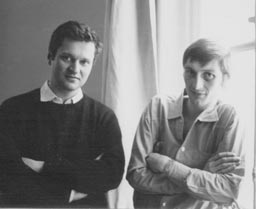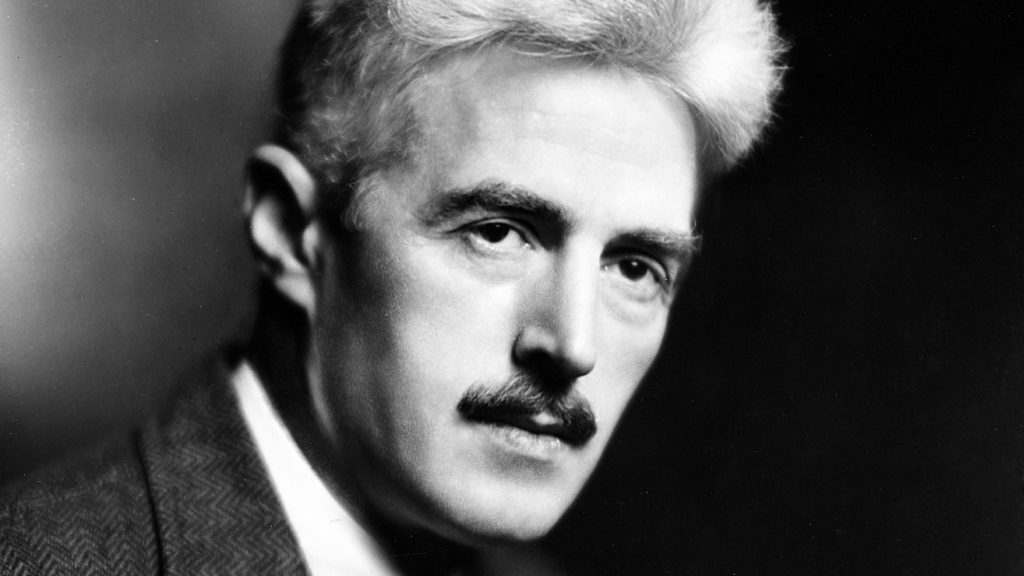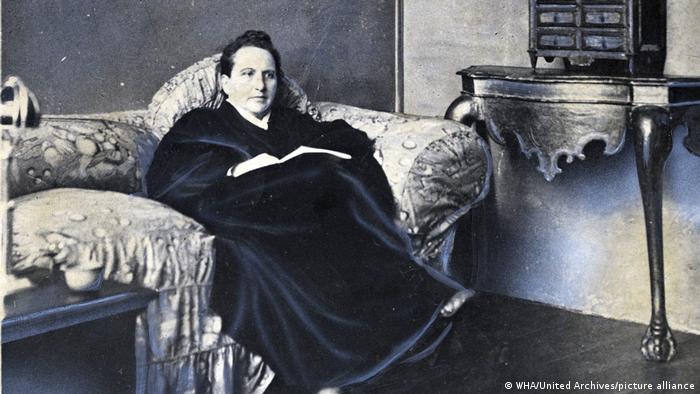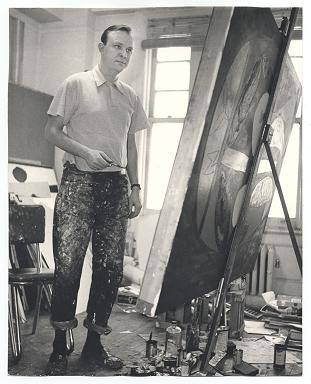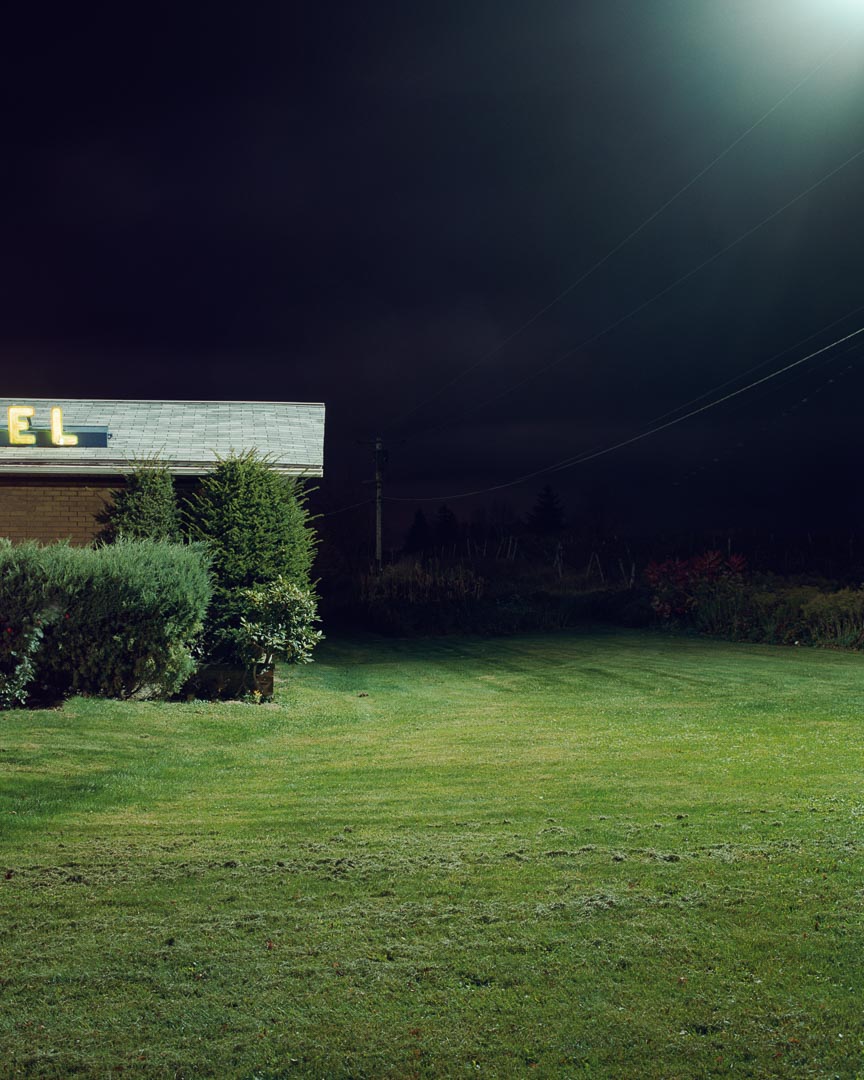“I climbed Telegraph Hill to give the house the up-and-down. It was
a large house---a big frame house painted egg-yellow. It hung dizzily on
a shoulder of the hill, a shoulder that was sharp where rock had been
quarried away. The house seemed about to go skiing down on the roofs
far below.
It had no immediate neighbors. The approach was screened by
bushes and trees.”
***
“A room with three girls and a man crouching in a corner, fear in their
faces. Neither of them was Myra Banbrock, or Raymond Elwood, or any-
one we knew.
Our glances went away from them after the first quick look.
The open door across the room grabbed our attention.
The door gave to a small room.
The room was chaos.
A Small Room packed and tangled with bodies. Live bodies, seething,
writhing. The rooms was a funnel into which men and women had been
poured. They boiled noisily toward the one small window that was the
funnel's outlet. Men and women, youths and girls, screaming, struggling,
squirming, fighting. Some had no clothes.”
---Dashiell Hammett, “Scorched Face,” originally published in
Black Mask, May, 1925 and reprinted in Nightmare Town (1948)
and The Big Knockover (1966).
This is both tautly and elegantly written and clumsy at the same time.
The Continental Op, who is called "Fat Shorty" by an adversary, is good
hearted and relentless at the same time. He destroys all sorts of evidence
to protect his client and other young girls who have been drugged, orgied
and blackmailed. The second paragraph is terse and quick and good.
The scene is San Francisco, but except for that and Telegraph Hill and
the names of the characters athere are no proper names used anywhere
in the story. The twist is in the very last sentence.
